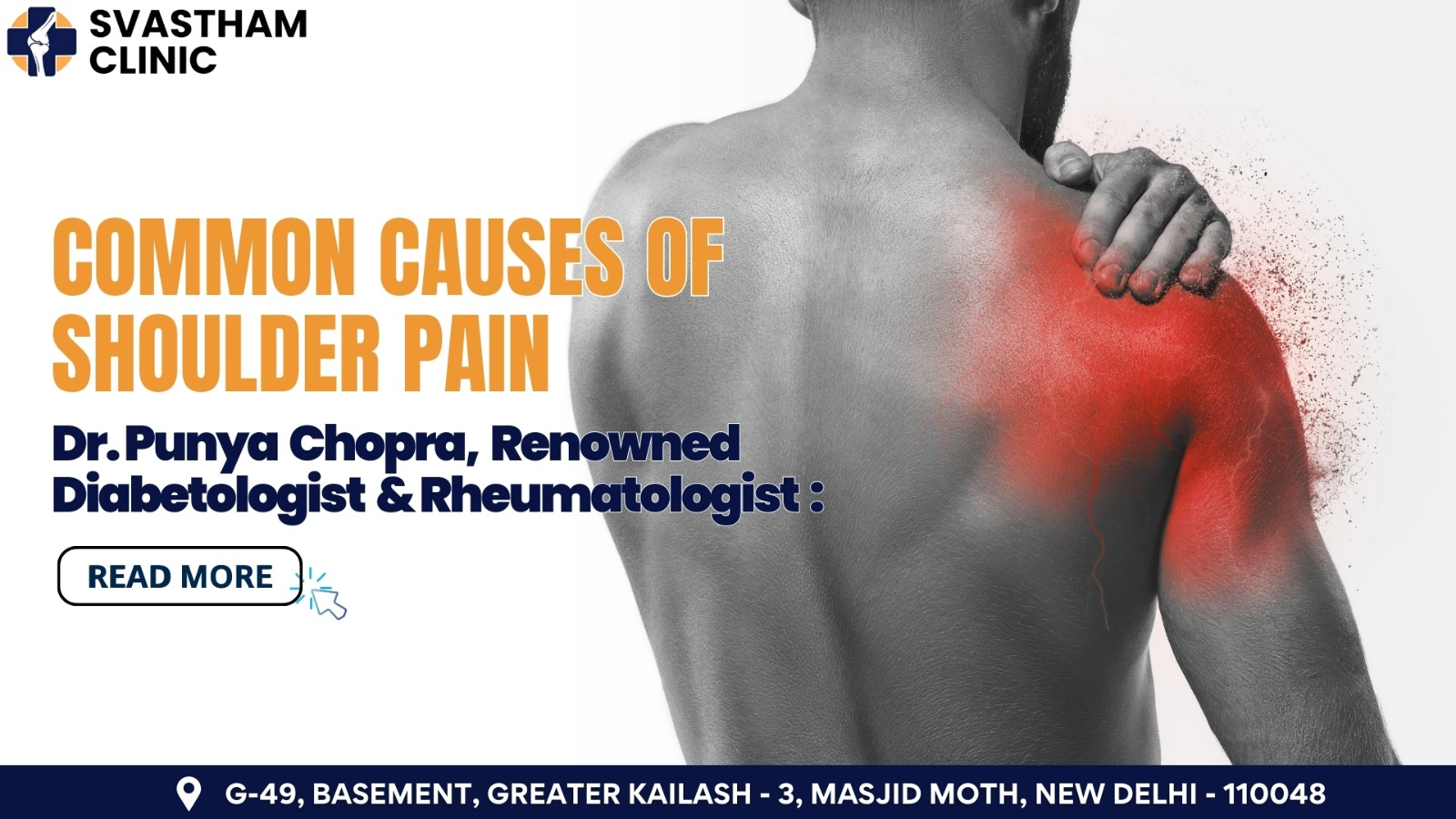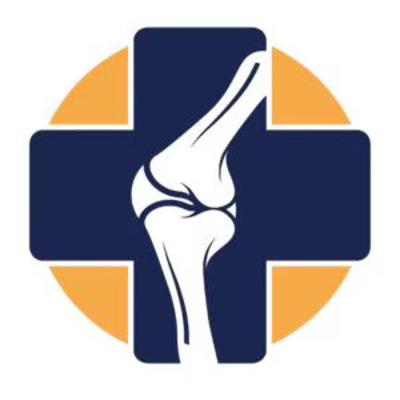
2025-04-10T12:25:02
Does your shoulder pain limits your day to day activities! Shoulder pain is a common complaint that can affect people of all ages. Whether you're an athlete, a working professional, or someone just doing everyday chores, shoulder pain can interfere with your daily life. The shoulder joint is the most mobile joint in the body, but that also makes it more prone to injury and wear-and-tear. Let’s explore the most common causes of shoulder pain and when it might be time to see a doctor. 1. Rotator Cuff Injuries The rotator cuff is a group of muscles and tendons that help lift and rotate your arm. Injuries to the rotator cuff are among the most frequent causes of shoulder pain, especially in people over 40. Common issues include: Tendinitis (inflammation) Tears (partial or complete) Impingement (tendon gets pinched between the bones) Symptoms: Dull aching deep pain in the shoulder, weakness, and difficulty lifting the arm. 2. Frozen Shoulder (Adhesive Capsulitis) Frozen shoulder happens when the shoulder joint becomes stiff and painful with limited range of motion. It typically develops gradually and can last for months or even years if not treated properly. Risk Factors: Diabetes, prolonged immobility (such as after surgery or an injury). Symptoms: Gradual onset of pain followed by stiffness and reduced mobility. 3. Shoulder Bursitis Bursae are small, fluid-filled sacs that reduce friction in your joints. Inflammation of these sacs—called bursitis—can cause significant shoulder pain, especially when lifting the arm overhead. Causes: Repetitive motion, injury, or infection. Symptoms: Swelling, tenderness, and pain during movement. 4. Shoulder Arthritis Like other joints, the shoulder can develop osteoarthritis, where the cartilage that cushions the bones wears down over time. Symptoms: Persistent pain, stiffness, grinding sensation during movement. Arthritis is more common in older adults, but prior injuries can also increase your risk. 5. Dislocated Shoulder A dislocation occurs when the upper arm bone pops out of the shoulder socket. This often happens due to trauma—like a fall or sports injury. Symptoms: Intense pain, visible deformity, and inability to move the arm. This requires immediate medical attention. 6. Tendinitis Shoulder tendinitis occurs when the tendons connecting muscle to bone become irritated or inflamed—usually from overuse. Common in: Athletes (especially swimmers, tennis players), laborers, and desk workers with poor posture. 7. Referred Pain from the Neck or Heart Sometimes shoulder pain isn’t caused by a shoulder problem at all. Referred pain can come from the neck (like a herniated disc) or even the heart (such as in the case of angina or a heart attack). Warning signs: Shoulder pain with chest pain, shortness of breath, or jaw pain requires emergency medical care. When Should You See a Doctor? Seek medical attention if: Pain is severe or persistent You can't move your shoulder There's swelling, redness, or warmth around your shoulder You had a recent injury Pain radiates down the arm or comes with chest symptoms Final Thoughts Shoulder pain might be common, but it shouldn’t be ignored. Early diagnosis and treatment can prevent minor issues from becoming major ones. Whether it’s rest, physical therapy, medication, or surgery—there are plenty of treatment options available. If you're experiencing shoulder discomfort, don’t wait. Talk to a healthcare provider to get the right care and get back to doing what you love-pain-free.

